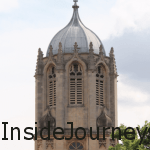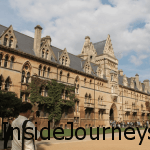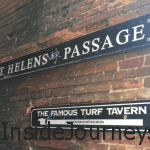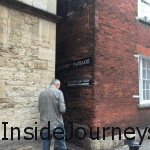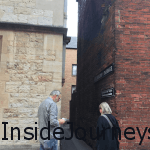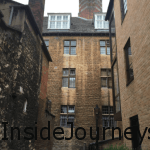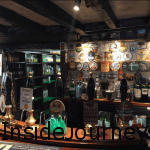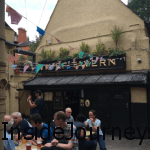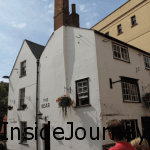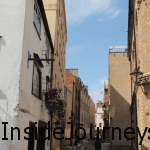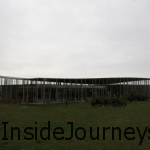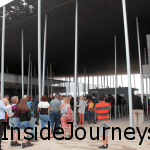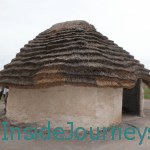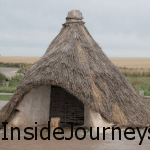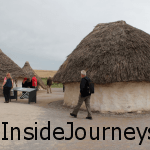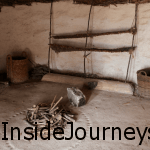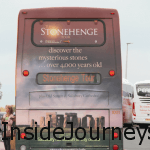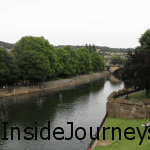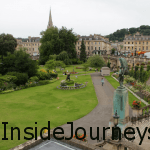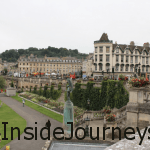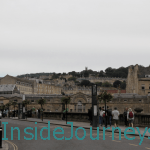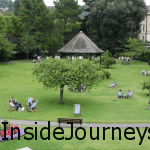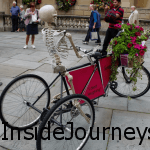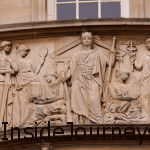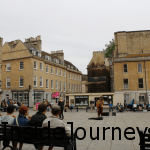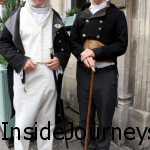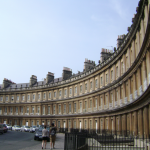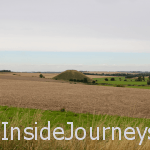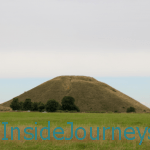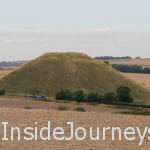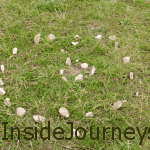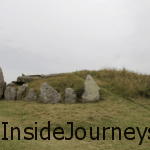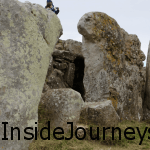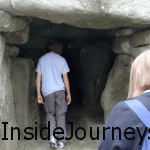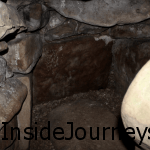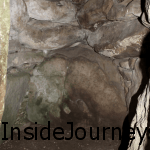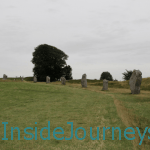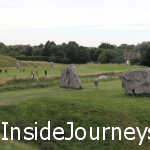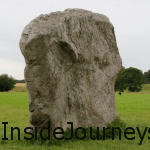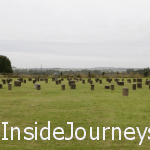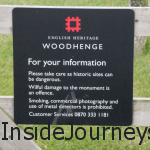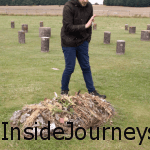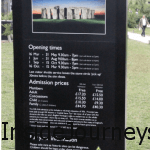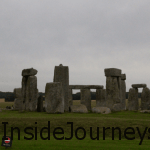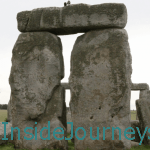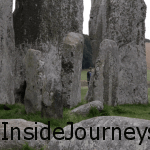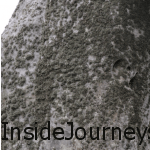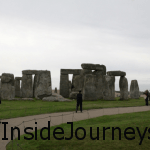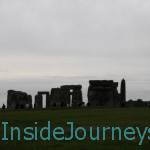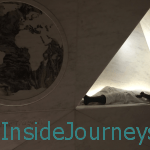Approximately 2000 people visit the White House daily. Last month, I was one of them. I’d been thinking about visiting for a while but kept putting it off because I thought it would be difficult to get in, and I’d have to get up really early. Turns out it was pretty straight forward. I mentioned it to one of my aunts who lives in the area and she did the rest.
Once the date was confirmed, we received a welcome note with instructions and a list of prohibited and allowable items.
The White House is the official residence of the president of the United States. It is located at 1600 Pennsylvania Avenue in NW Washington, DC. The residence was designed by James Hoban and built between 1792 and 1800.

John Adams, the second president of the US was its first resident. He moved to the White House in November 1800 but didn’t live there long as he was defeated by Thomas Jefferson who took up residence in 1801.

Prior to 1811, the White House was known as the President’s Palace, Presidential Mansion or President’s House.
Here are the highlights of the self-guided tour.
The Library

On the ground floor, I drooled over a sumptuous display of presidential china, some dating back 200 years. There’s also the White House Library which has over 2700 books on American life. We weren’t allowed in but the door was open, so I snapped this photo.
The Grand Staircase connects the main floor to the first or State floor, where the Green Room, Red Room and Blue Room as well as the State Dining Room are located. In addition to the Ground and State Floors, there are the Second and Third Floors and basement, which takes up two floors.
The Green Room

Thomas Jefferson hosted dinners in the Green Room which has been a parlor since James Madison’s presidency. You’ll see John and Abigail Adams’ silver coffee urn and James and Dolly Madison’s French candlesticks. The American furniture was made 1800-1815.
The Blue Room

Oval in size, the Blue Room is used as a reception room. President James Monroe furnished the room in the French style in 1817. Original objects include gilded chairs, sofa and the clock on the mantel. Grover Cleveland, the only president to have a White House wedding, married Frances Folsom in 1886 in the Blue Room.
The Red Room

First ladies receive their guests in the Red Room, which has been used as a parlor since the early 19th century. The Red Room is also where President Rutherford Hayes took the oath of office in 1877. The American Empire style furniture was made in New York, 1810-1830. The marble mantle has been in the White House since 1819.
The State Dining Room

The White House hosts official dinners in the State Dining Room. As many as 140 can be seated in this room. The presidents and their families use the smaller dining room.

As this is a self-guided tour, you can go at your own pace. It took us about 2 hours to complete. National Park Service employees, posted in each room, are available to answer questions.
White House Tour Essentials
Admission to the White House is free. US citizens must contact their Member of Congress to request a tour, non citizens must contact their embassy in Washington, DC.
Tours are available Monday to Saturday, except on public holidays.
US citizens can use their driver’s license, military ID, or passport. Foreign nationals can also use their passports to get in.
The White House is very strict on what you cannot take in. No bags of any kind are allowed, including handbags, purses, book bags and backpacks. Also, no video cameras, tablets, iPads, camera sticks, strollers and diaper bags. You can, however, take a compact camera or camera phone for still photography only. Texting or talking is not allowed.
The most convenient way to get to the White House is by subway. Take the red, orange or blue line to Metro Center, the blue or orange line to Federal Triangle, or McPherson Square. There is also paid parking nearby.
Linking this week with Travel Photo Thursday hosted by Nancie at Budget Travelers Sandbox, Jan at Budget Travel Talk, Ruth at Tanama Tales and Rachel at Rachel’s Ruminations.








